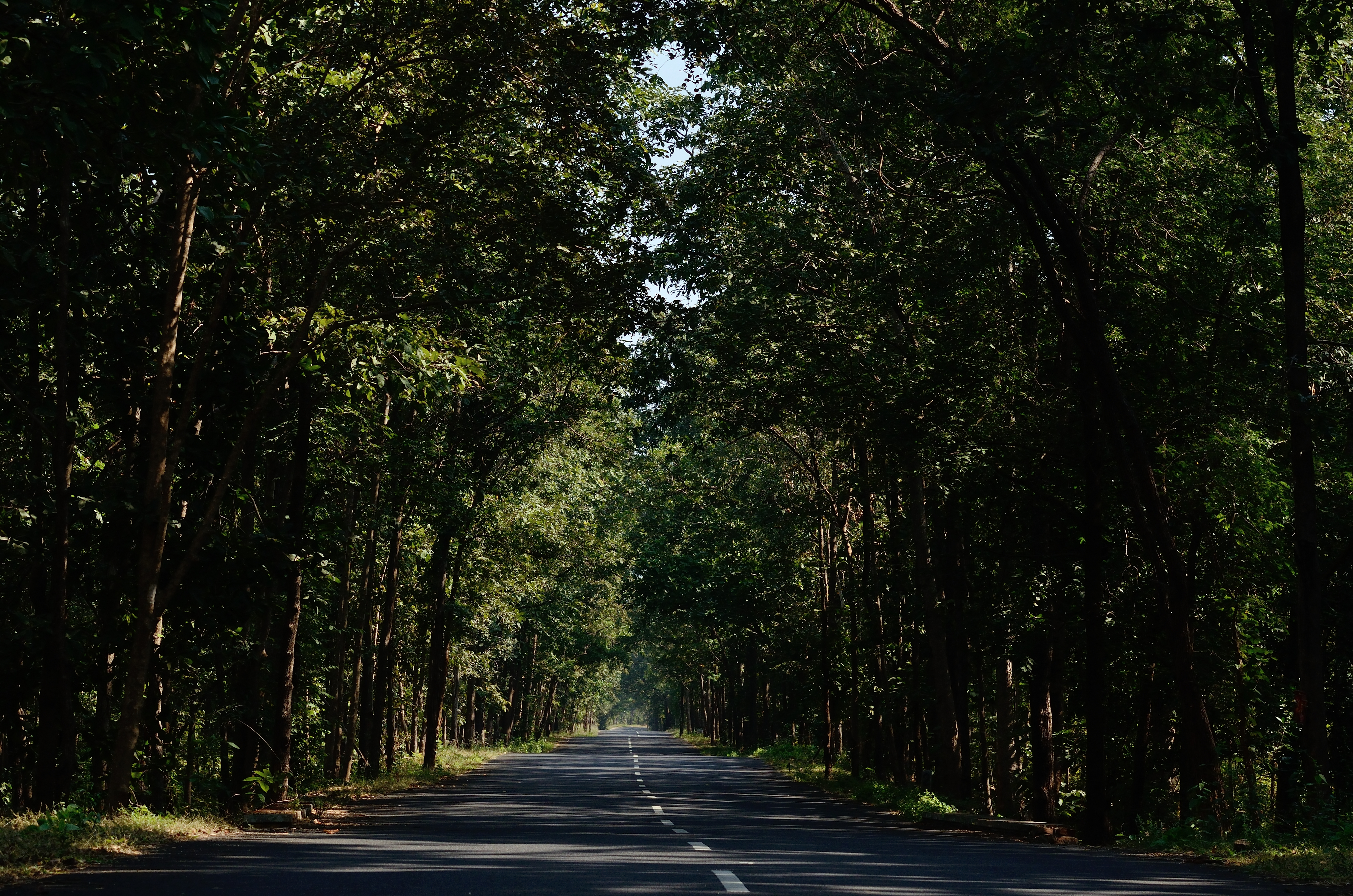Social forestry in India
 Social forestry is the management and protection of forests and afforestation of barren and deforested lands with the purpose of helping environmental, social and rural development. The term social forestry was first used in 1976 by The National Commission on Agriculture, when the government of India aimed to reduce pressure on forests by planting trees on all unused and fallow lands. It was intended as a democratic approach to forest conservation and usage, maximizing land utilization for multiple purposes.
Social forestry is the management and protection of forests and afforestation of barren and deforested lands with the purpose of helping environmental, social and rural development. The term social forestry was first used in 1976 by The National Commission on Agriculture, when the government of India aimed to reduce pressure on forests by planting trees on all unused and fallow lands. It was intended as a democratic approach to forest conservation and usage, maximizing land utilization for multiple purposes.The Indian government attempted to expand forest areas which were close to human settlements and which had degraded due to human activities. Trees were planted along railway lines, roadsides, rivers and canal banks, in village common land, government wasteland, and ''panchayat'' land, and were to be planted in and around agricultural fields. Among the goals were to increase fuel availability in rural areas and to prevent soil erosion. This program was a failure due to the lack of governance, and management was delegated to the village ''panchayats'' (village councils). Provided by Wikipedia
-
1